


 |
 |
 |
Charles Buntjer - From the Farm to the City
I was born on a farm in nothern Illinois in 1940. I always dreamed of living in the big city all of
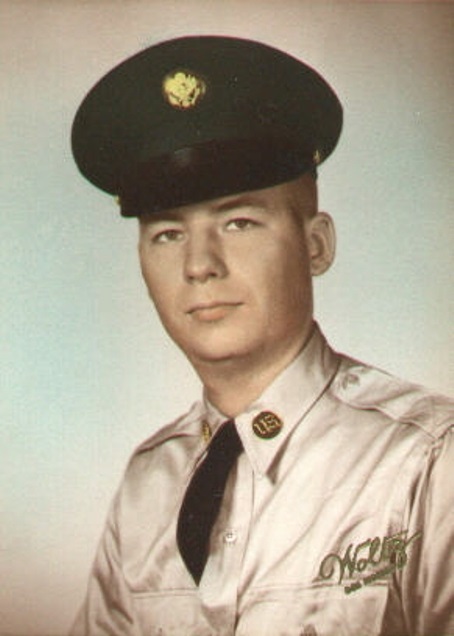 my life. My stepmother got me an interview in the summer of 1959, I was 19 years old. It was Freeport, at a huge manufacturing plant. I was hired a month later and of all things, sent to Chicago to learn how to create punched cards to store data, sort the cards for reports and wire boards to program IBM Tabulating Machines!
my life. My stepmother got me an interview in the summer of 1959, I was 19 years old. It was Freeport, at a huge manufacturing plant. I was hired a month later and of all things, sent to Chicago to learn how to create punched cards to store data, sort the cards for reports and wire boards to program IBM Tabulating Machines!
In 1961 I moved to Rockford Illinois, second biggest city in the state, a huge manufacturing center. I had a nice apartment and lots of friends plus my sister Yvonne and her family lived there so I was very happy. What could go wrong I thought.
In July of 1963, I was 23 years old and I thought I had it made but then got a letter from the government that I had been drafted. I was sent to Fort Knox Kentucky and was at the top of the privates in abilities, top sharp shooter, highest I.Q. and so on, but found out I was being sent to the Presidio of San Francisco to work in the computer installation overlooking the Golden Gate Bridge, Angel Island and downtown San Francisco. I knew I was never going to leave San Francisco and Montana.
I have traveled all over the world since living in San Francisco.
Montana Overview
Montana is a western state defined by its diverse terrain ranging from the Rocky Mountains to the Great Plains. Its wide-open spaces include Glacier National Park, a vast wilderness preserve that passes into Canada. The park’s many snow-capped peaks, lakes and alpine hiking trails are showcased along its famed Going-to-the-Sun Road, stretching 50 miles.
Montana History
Montana is a landlocked state in the Mountain West subregion of the Western United States. It is
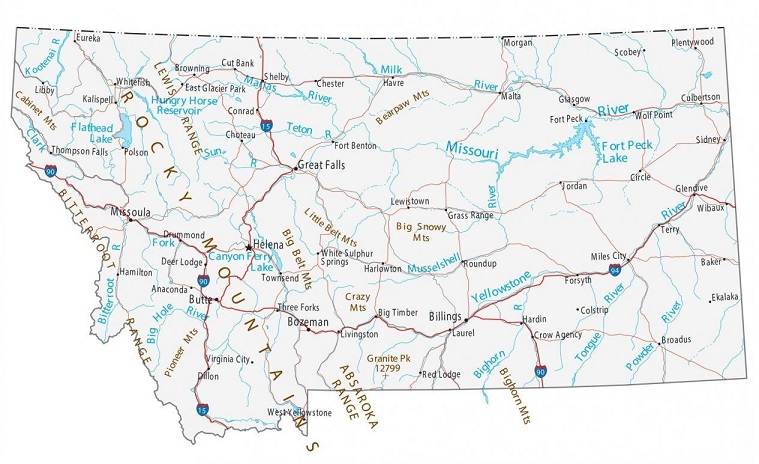 bordered by Idaho to the west, North Dakota to the east, South Dakota to the southeast, Wyoming to the south, and the Canadian provinces of Alberta, British Columbia, and Saskatchewan to the
bordered by Idaho to the west, North Dakota to the east, South Dakota to the southeast, Wyoming to the south, and the Canadian provinces of Alberta, British Columbia, and Saskatchewan to the
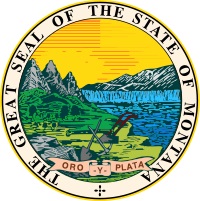 north. It is the fourth-largest state by area, but the eighth-least populous state and the third-least densely populated state. Its capital is Helena, while the most populous city is Billings. The western half of the state contains numerous mountain ranges, while the eastern half is characterized by western prairie terrain and badlands, with smaller mountain ranges found throughout the state.
north. It is the fourth-largest state by area, but the eighth-least populous state and the third-least densely populated state. Its capital is Helena, while the most populous city is Billings. The western half of the state contains numerous mountain ranges, while the eastern half is characterized by western prairie terrain and badlands, with smaller mountain ranges found throughout the state.
Most of Montana first came under American sovereignty with the Louisiana Purchase from France in 1803 and was explored by the Lewis and Clark Expedition shortly thereafter. Fur trappers followed and were the main economic activity in the area until gold was discovered in 1852. The ensuing gold rush, along with the passage of the Homestead Acts in 1862, brought large numbers of American settlers to Montana. Rapid population growth and development culminated in statehood on November 8, 1889. Mining, particularly around Butte and Helena, would remain the state's main economic engine through the mid-20th century.
Montana has no official nickname but several unofficial ones, most notably "Big Sky Country", "The Treasure State", "Land of the Shining Mountains", and "The Last Best Place". ] Its economy is primarily based on agriculture, including ranching and cereal grain farming. Other significant economic resources include oil, gas, coal, mining, and lumber. The health care, service, defense, and government sectors are also significant to the state's economy. Montana's fastest-growing sector is tourism, with 12.6 million tourists visiting the state each year (as of 2019).
Overview of the Flag
The current flag was adopted in 1905, and the word "MONTANA" above the seal was added in 1981. In 1985, the flag was again modified to specify the font used in "MONTANA": Helvetica Bold. Before it was adopted as a state flag, it was used by Montana troops deploying for the Spanish-American War.
Flag History
Within the seal, a plow, shovel, and pick rest in a field in front of the Great Falls of the Missouri River. The ribbon contains the state motto, ORO Y PLATA, which is Spanish for “gold and
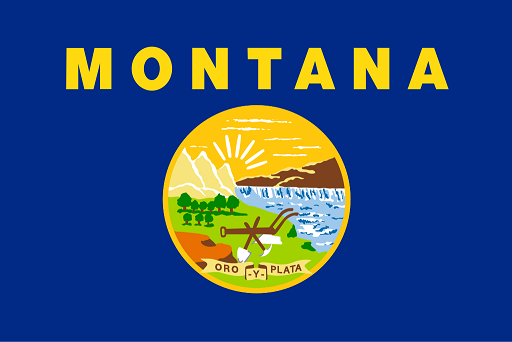 silver". The current flag was adopted in 1905, and the word “MONTANA” above the seal was added in 1981. In 1985, the flag was again modified to specify the font used in “MONTANA”: Helvetica Bold. Before it was adopted as a state flag, it was used by Montana troops deploying for the Spanish-American War.
silver". The current flag was adopted in 1905, and the word “MONTANA” above the seal was added in 1981. In 1985, the flag was again modified to specify the font used in “MONTANA”: Helvetica Bold. Before it was adopted as a state flag, it was used by Montana troops deploying for the Spanish-American War.
The North American Vexillological Association (NAVA) declared the flag of Montana to be the third worst state/provincial flag, 70th in a field of 72 in a list that contained all the provinces of Canada, U.S. states and U.S. territories. Georgia's flag was named the worst, but has since been changed, and Nebraska's flag was named second worst.
Butte
Butte is the county seat of Silver Bow County, Montana, United States. In 1977, the city and county governments consolidated to form the sole entity of Butte-Silver Bow. The city covers 718 square miles (1,860 km2), and, according to the 2010 census, has a population of 33,503, making it Montana's fifth largest city. It is served by Bert Mooney Airport with airport code BTM. Established in 1864 as a mining camp in the northern Rocky Mountains on the Continental Divide, Butte experienced rapid development in the late-nineteenth century, and was Montana's first major industrial city. In its heyday between the late-nineteenth and early-twentieth centuries, it was one of the largest copper boomtowns in the American West. Employment opportunities in the mines attracted surges of Asian and European immigrants, particularly the Irish; as of 2017, Butte has the largest population of Irish Americans per capita of any city in the United States.
Many of the buildings were erected in 1890.
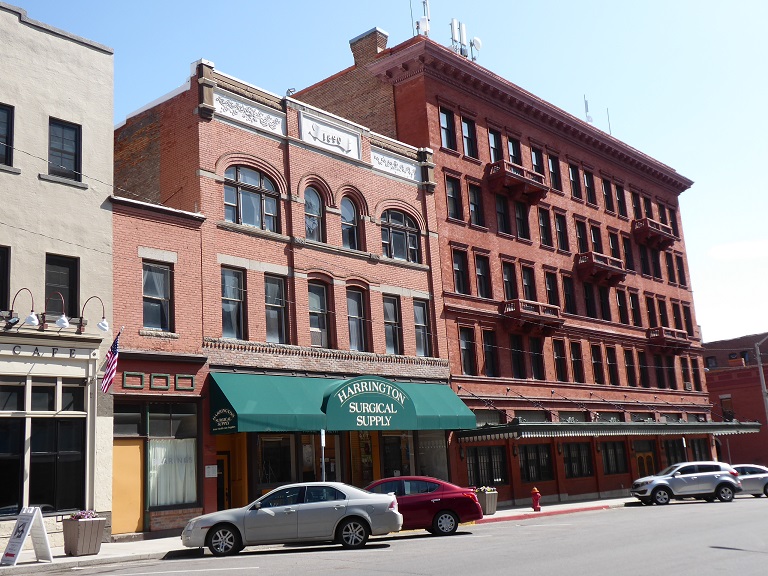
|
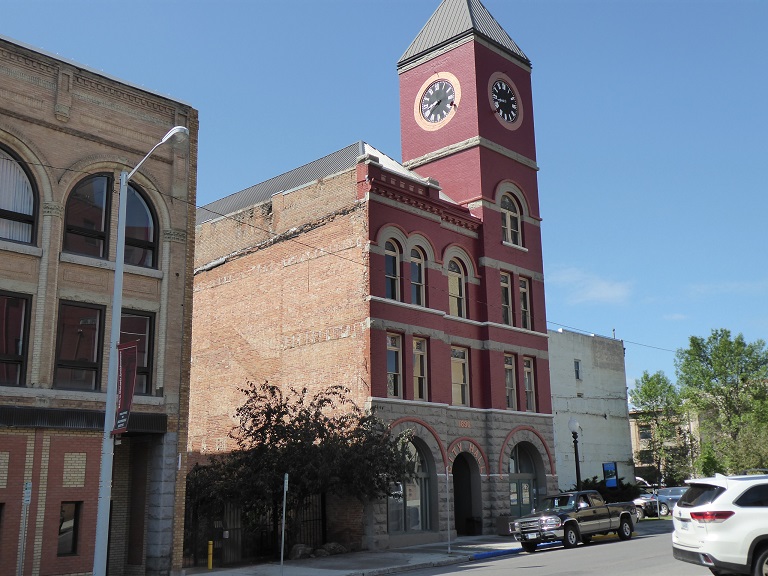
|
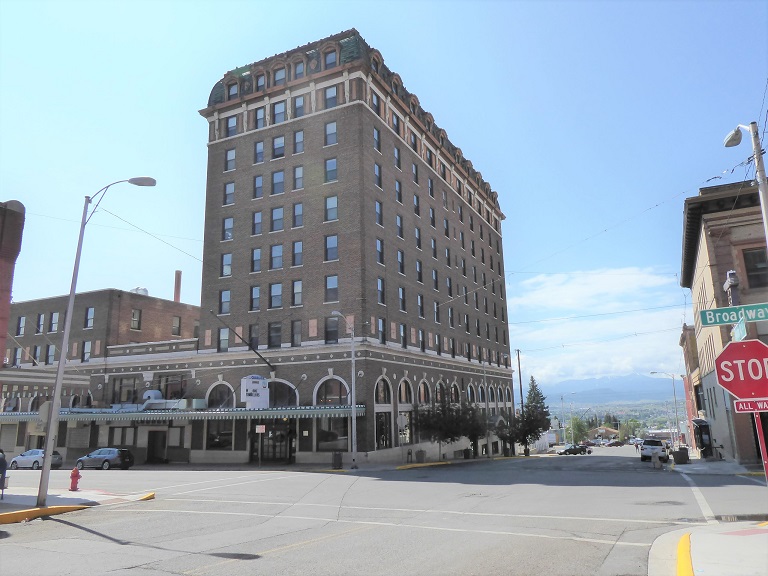
|
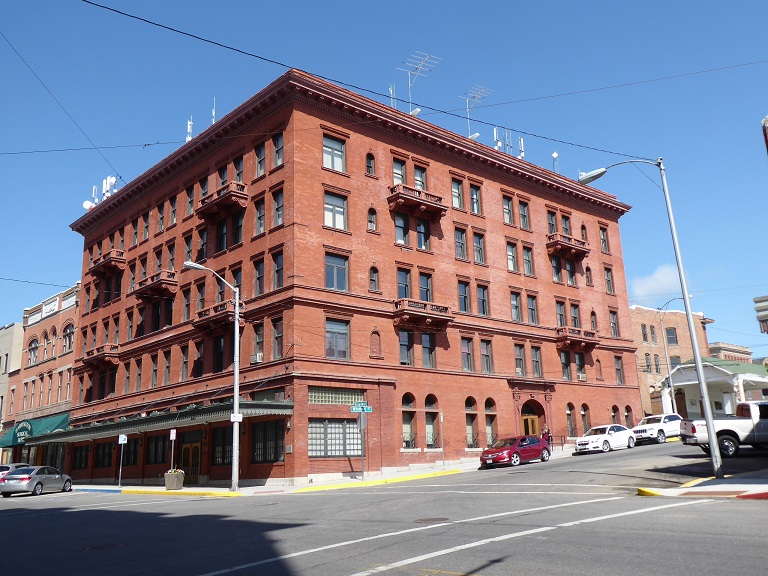
|
Village of Ovando
Ovando is a census-designated place (CDP) in Powell County, Montana, United States. It is approximately seventy-four miles northwest of Helena. The population was 71 at the 2000 census.
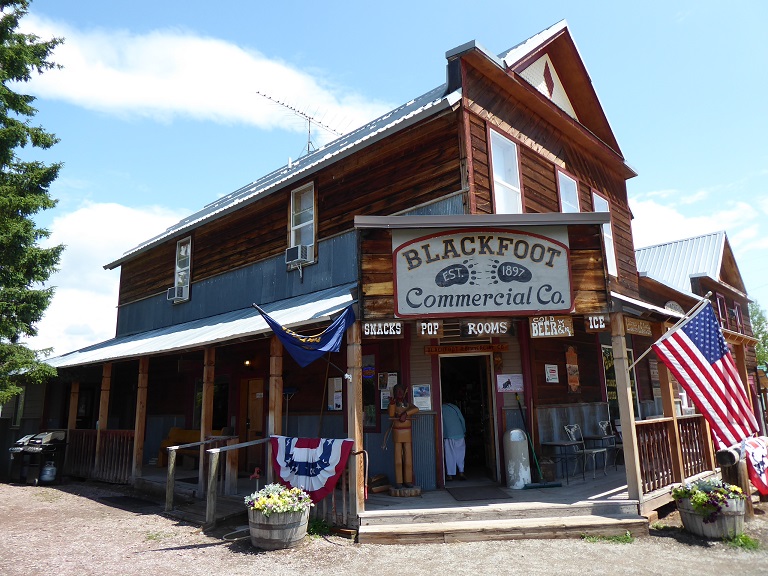
|
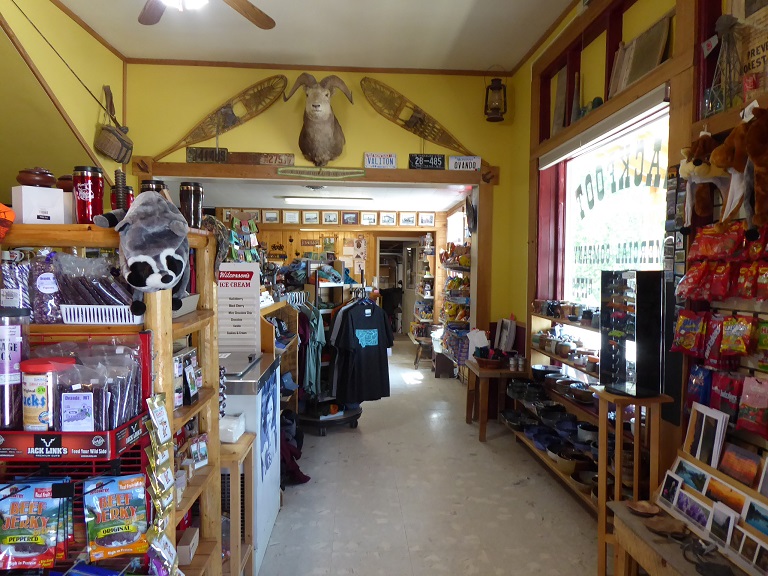
|
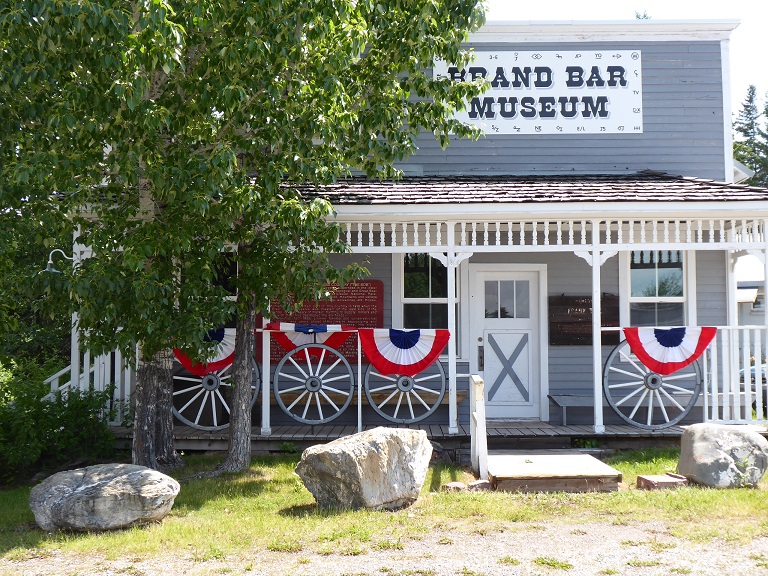
|

|
Glacier National Park
Glacier National Park: It is an American national park located in northwestern Montana, on the Canada-United States border, adjacent to the Canadian provinces of Alberta and British Columbia. The park encompasses over 1 million acres (4,000 km2) and includes parts of two mountain ranges (sub-ranges of the Rocky Mountains), over 130 named lakes, more than 1,000 different species of plants, and hundreds of species of animals. This vast pristine ecosystem is the centerpiece of what has been referred to as the "Crown of the Continent Ecosystem," a region of protected land encompassing 16,000 square miles (41,000 km2).
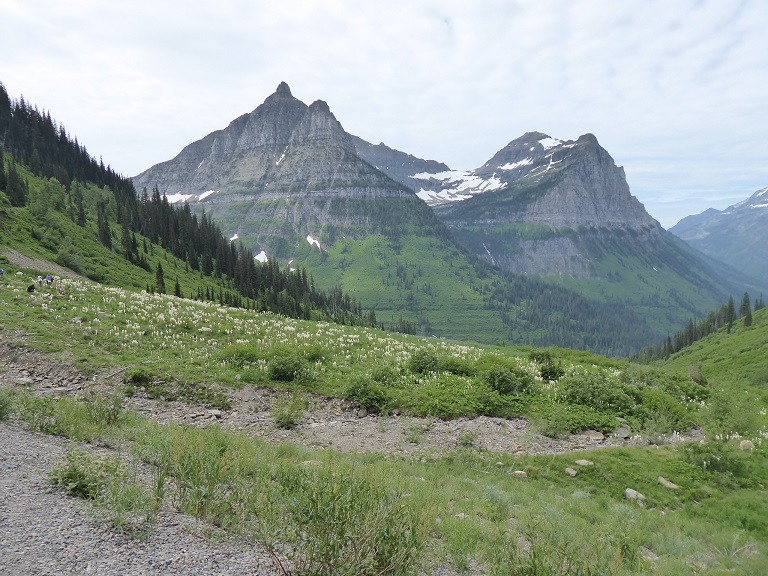
|
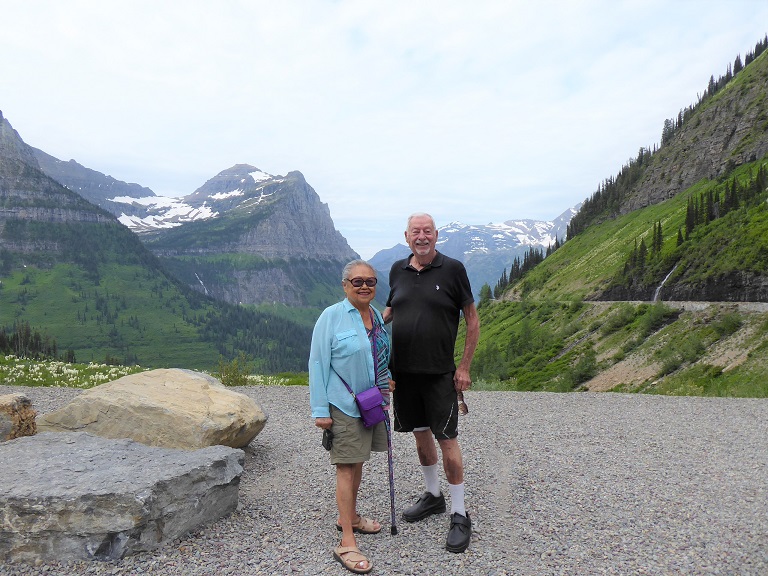
|

|

|

|
Many Glacier Hotel
Many Glacier Hotel is a historic hotel located on the east shore of Swiftcurrent Lake in Glacier National Park in the U.S. state of Montana. The building is designed as a series of chalets, up to four stories tall, and stretches for a substantial distance along the lakeshore. The building has a Swiss alpine theme both on the outside and on the inside. The foundation is made of stone, with a wood superstructure. The outside is finished with brown-painted wood siding, and the window framing and balconies have wood sawn in Swiss jigsawn patterns. On the inside, the four-story lobby is surrounded by balconies, whose railings are patterned after Swiss designs.
Construction began at Many Glacier Hotel in 1914 and was finished in just 1 year on July 4, 1915. The Great Northern Railway was establishing a series of hotels and backcountry chalets in the park and the Many Glacier Hotel was the "Gem of the West". This was part of an effort by Louis W. Hill, president of the Great Northern Railway and son of James J. Hill, to establish Glacier National Park as a destination resort and to promote the area as the "American Alps". To this end, Hill chose a Swiss chalet style for the hotels and chalets. The Glacier Park Lodge (previously known as the Glacier Park Hotel) and the Many Glacier Hotel were intended to be the core structures, while the chalets and campgrounds were sited in the backcountry within an easy day's ride or hike from one of the hotels or another chalet. The chalets were intended to entice visitors to leave the hotels and see the backcountry in a more rustic manner. These chalets were especially used during the early 1900s when the Hotel first opened, and the main attraction in the park was horseback riding. In the early days of Many Glacier Hotel only the rich and famous could afford to stay in this beautiful structure and the rustic chalets throughout the area.

|
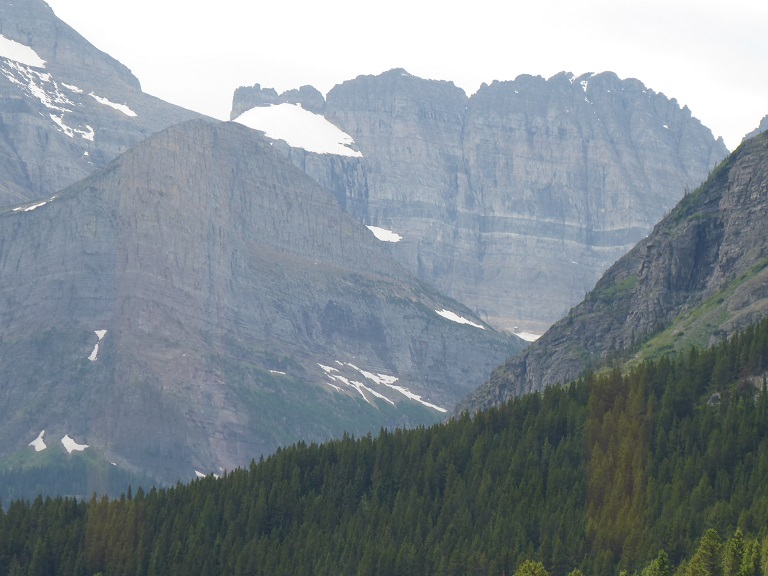
|
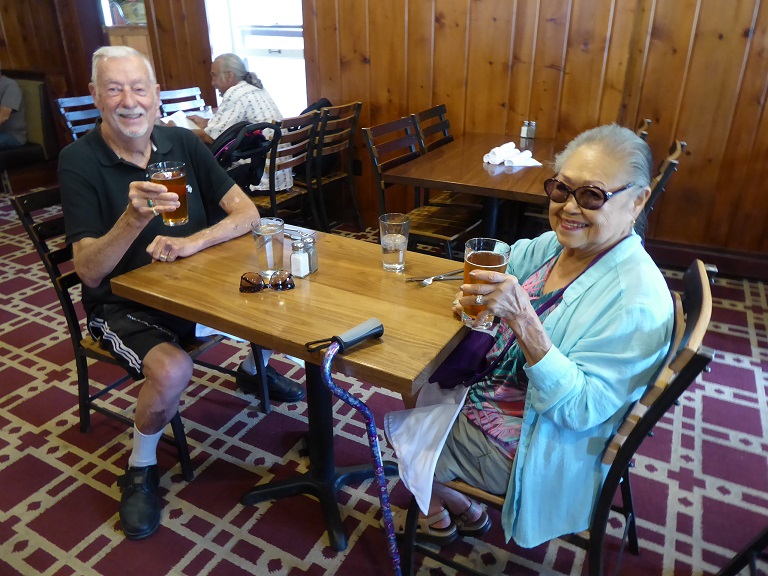
|
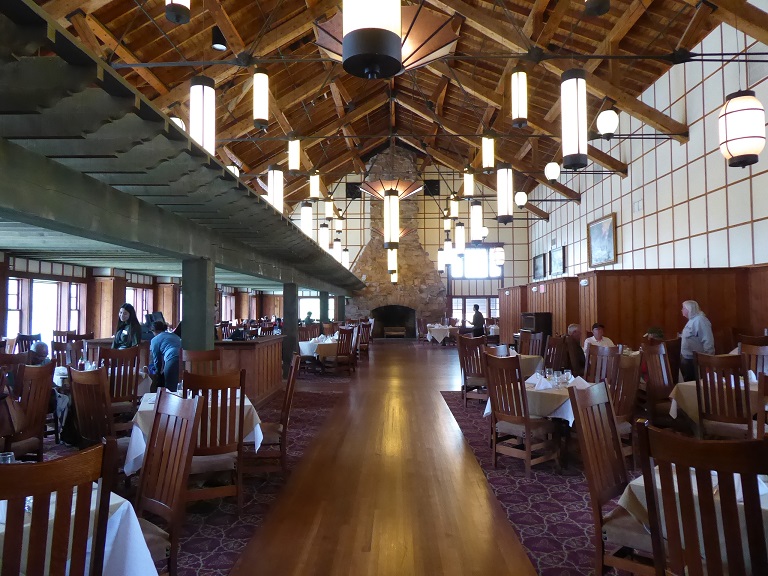
|
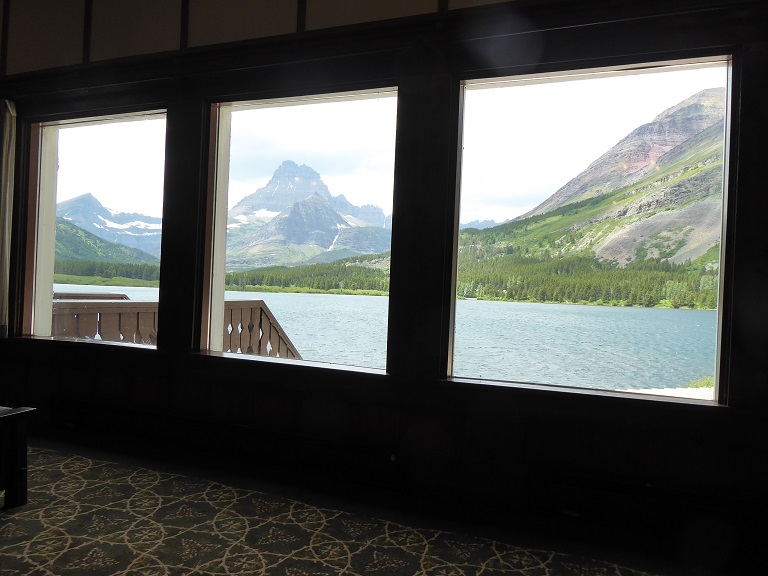
|
Glacier Park Lodge
Glacier Park Lodge is located just outside the boundaries of Glacier National Park in the village of East Glacier Park, Montana, United States. The lodge was built in 1913 by the Glacier Park Company, a subsidiary of the Great Northern Railway. It was the first of a series of hotels built in and near Glacier National Park by the Great Northern to house visitors brought to the park by the railroad.
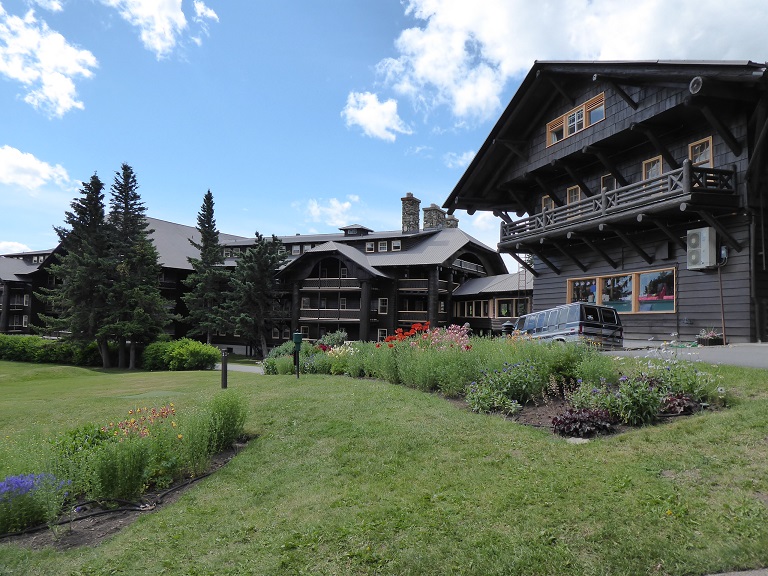
|
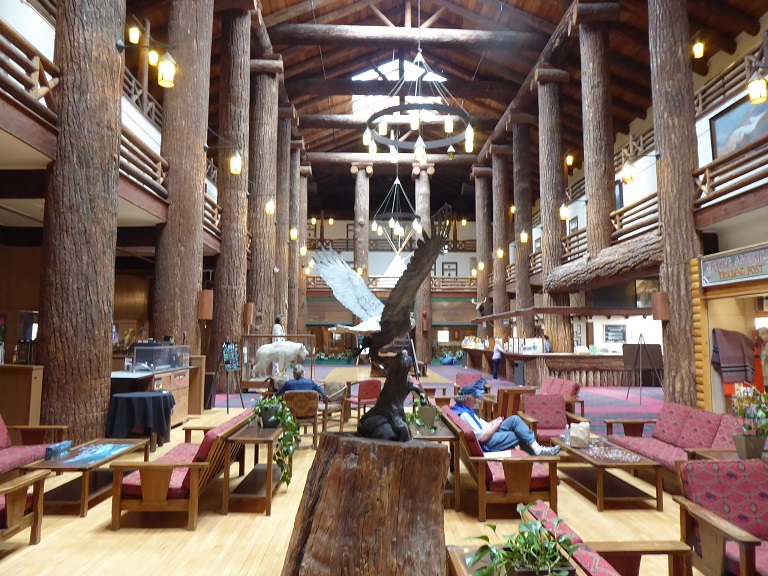
|
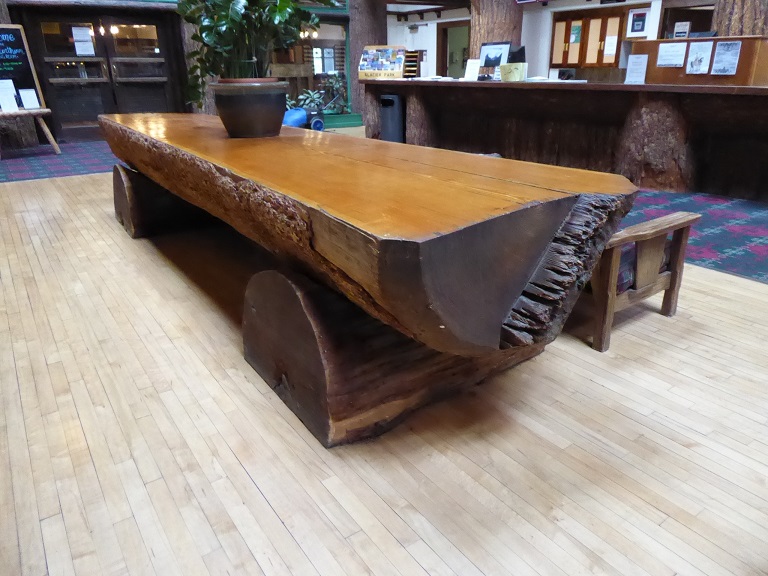
|
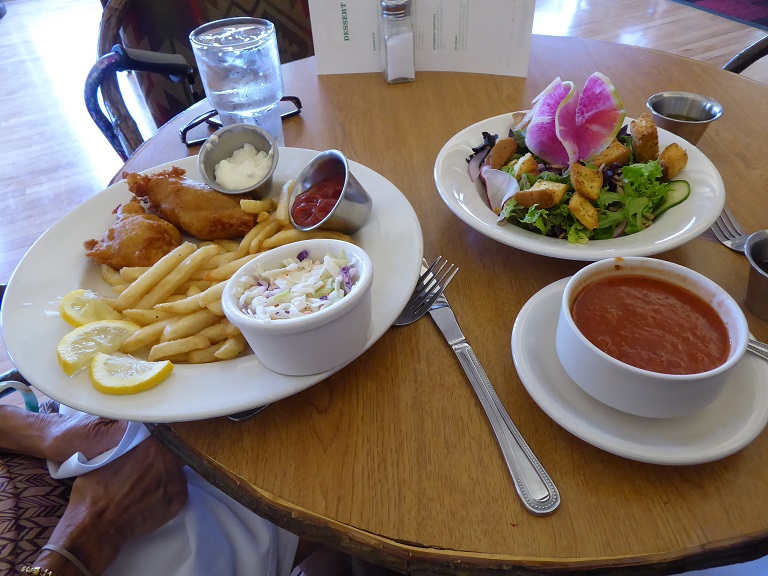
|
Blackfeet Festival
The Blackfeet Nation also known as the Blackfeet Tribe of the Blackfeet Indian Reservation is an Indian reservation and headquarters for the Siksikaitsitapi people in the United States. Located in Montana, its members are composed primarily of the Piegan Blackfeet (Ampskapi Piikani) band of the larger ethnic group historically described as the Blackfoot Confederacy. It is located east of Glacier National Park and borders the Canadian province of Alberta. Cut Bank Creek and Birch Creek form part of its eastern and southern borders. The reservation contains 3,000 square miles (7,800 km2), twice the size of the national park and larger than the state of Delaware. It is located in parts of Glacier and Pondera counties.
The reservation is also east of the Lewis and Clark National Forest in Montana, which contains the Badger-Two Medicine area, sacred to the Blackfeet people. This sacred part of the Rocky Mountain Front was excluded from Blackfeet lands in a Treaty of 1896 but they reserved access, hunting and fishing rights. Since the early 1980s, when the Bureau of Land Management approved drilling rights leases without consultation with the tribe, the Blackfeet have worked to protect this sacred area, where they practiced their traditional religious rituals.
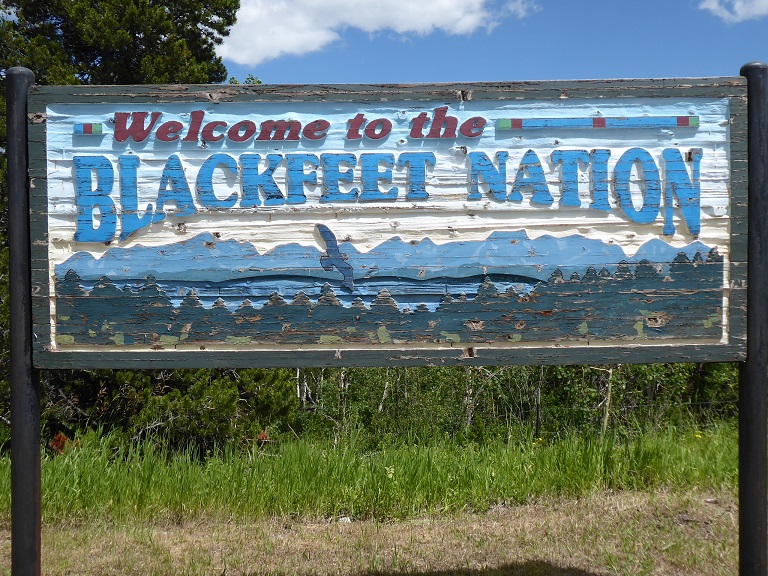
|

|
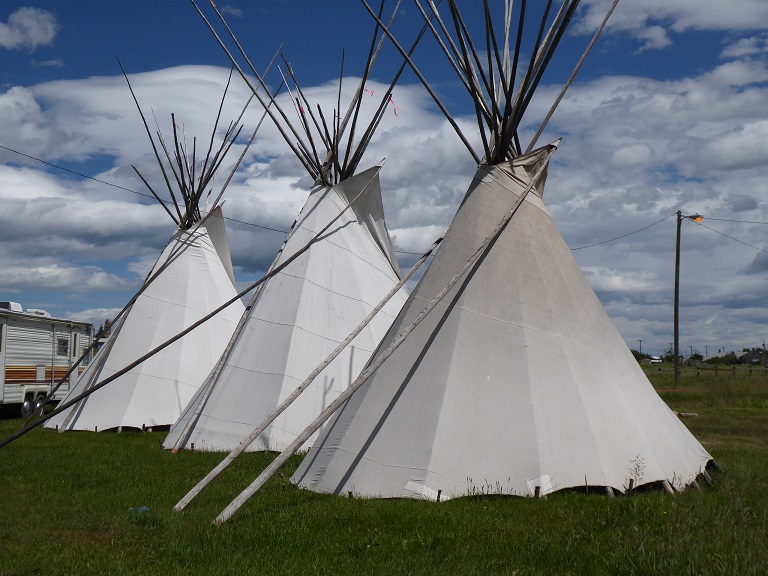
|
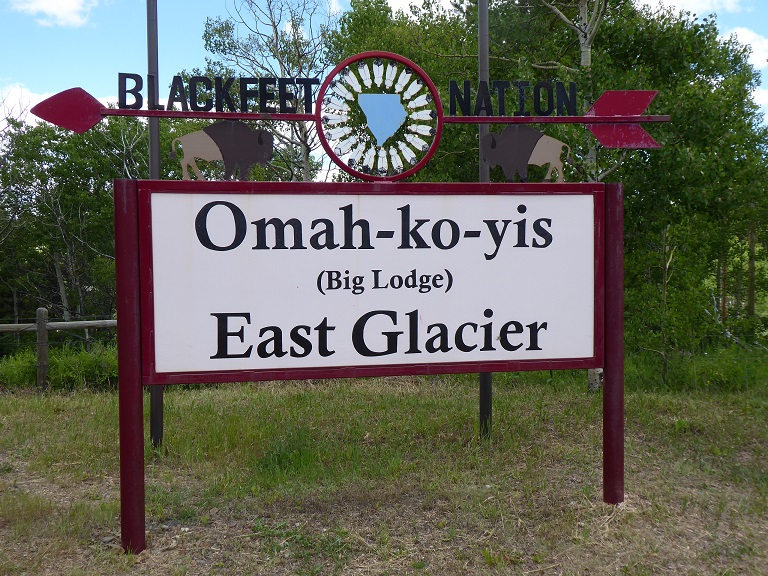
|
Mountain Goats
Like our pronghorn antelope, the mountain goat has no close relatives in the New World. While the pronghorn is home-grown in North America, the mountain goat arrived here at least 40,000 years ago leaving its nearest kin—the gorals, serows, and chamois—behind in Asia and Europe. Possibly the most extraordinary mountaineer to ever live, the goat is bound to steep, rugged terrain of Montana’s mountains. This alpine athlete is a photogenic favorite of photographers and wildlife watchers and a challenging game animal. I was very lucky to get a photo of these two mountain goats as they are hard to fine or even see! This is a mother and baby mountain goat!
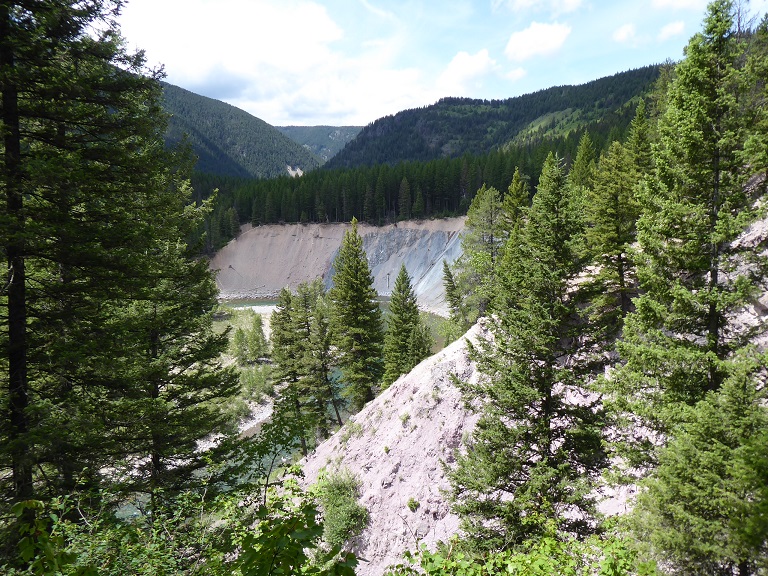
|
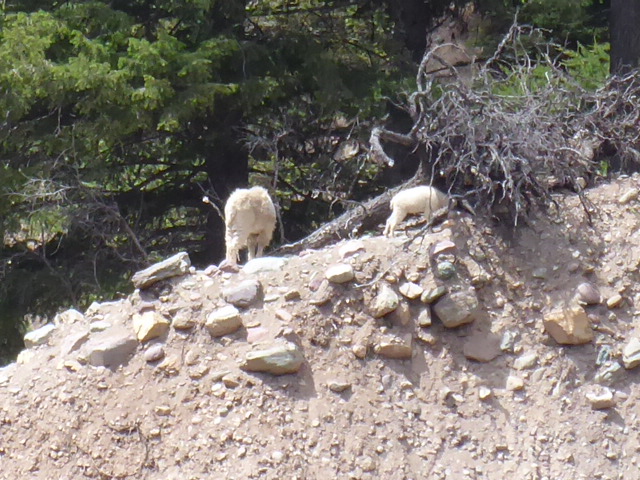
|
Charles E. Conrad Mansion
The Charles E. Conrad Mansion is a historical Victorian era shingle-style Norman mansion located in Kalispell, Montana. It was designed by the noted Spokane, Washington, architect Kirtland Cutter. It was the home of Charles E. Conrad, a late 19th century shipping magnate and early pioneer of Kalispell. In addition to shipping, over the course of his career Conrad was involved in a number of different businesses including real estate, banking, cattle ranching, and mining.
Unfortunately, no photos were allowed. The inside was all local woods with the latest electric appliances from the turn of the century, 1900! The tour was over an hour and a half and we were the only ones on the tour!
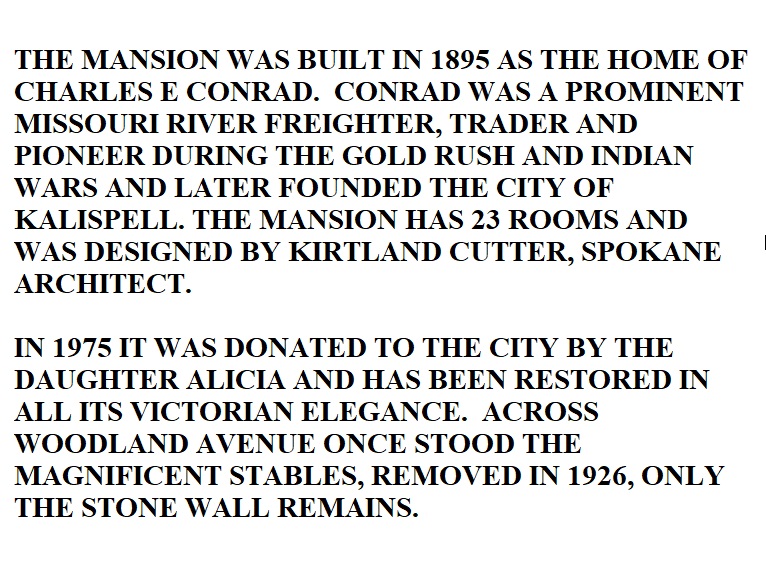
|

|
Kalispell
Kalispell is a city in northwest Montana. It’s a gateway to vast Glacier National Park, with its peaks, alpine trails and wildlife like grizzly bears. Downtown’s restored 1800s buildings include the Conrad Mansion, now a museum with period furnishings. Hockaday Museum of Art focuses on Montana artists. South of the city, Flathead Lake offers beaches and forested Wild Horse Island, home to horses and bighorn sheep.

|
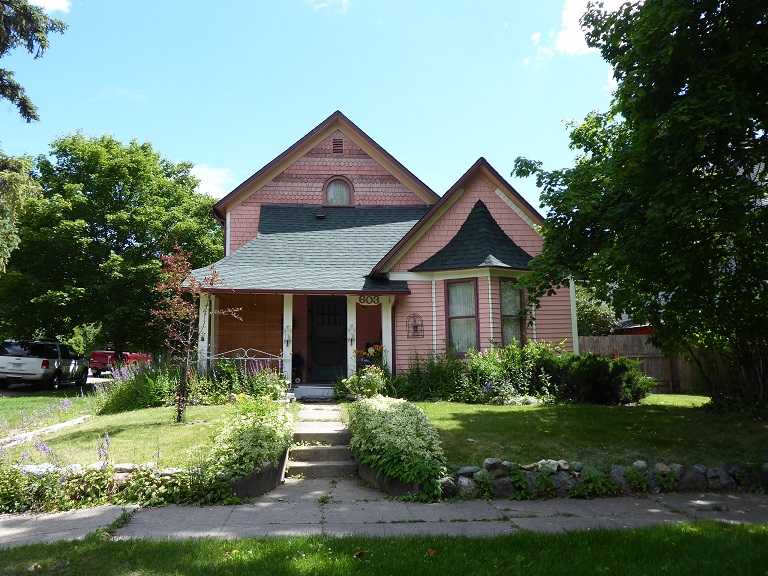
|

|

|

|
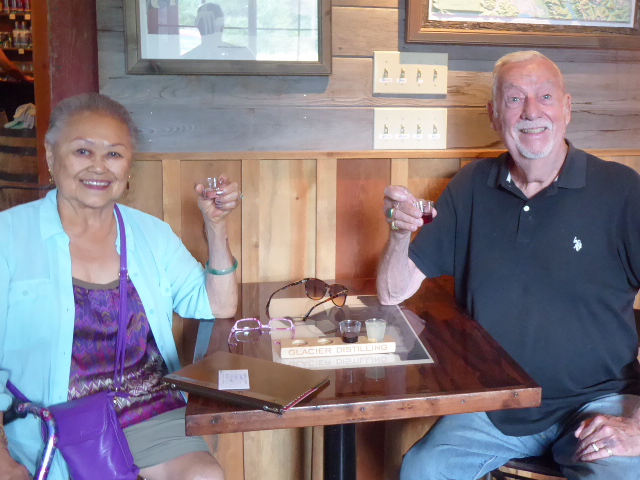
|
Coeur d' Alene's Old Mission State Park
The Coeur d' Alene's Old Mission State Park spotlights the oldest building in Idaho. The Mission of the Sacred Heart was constructed between 1850 and 1853 by Catholic missionaries and members of the Coeur d' Alene Tribe.
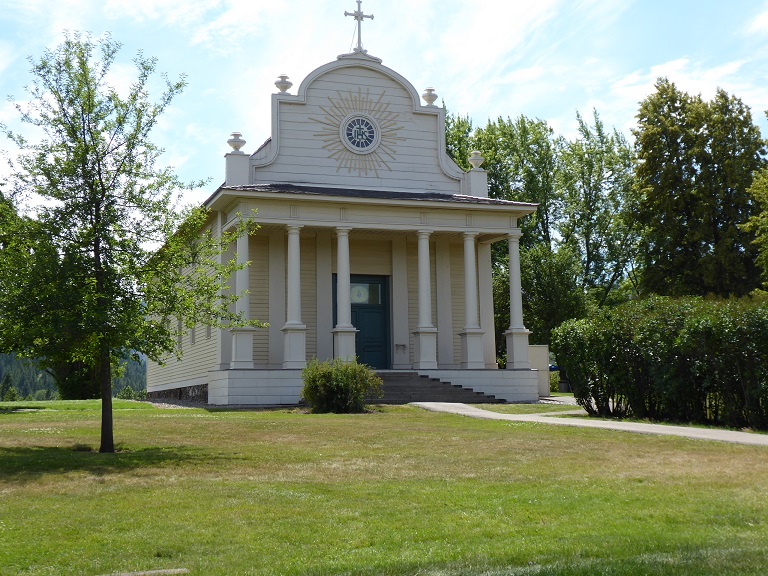
|
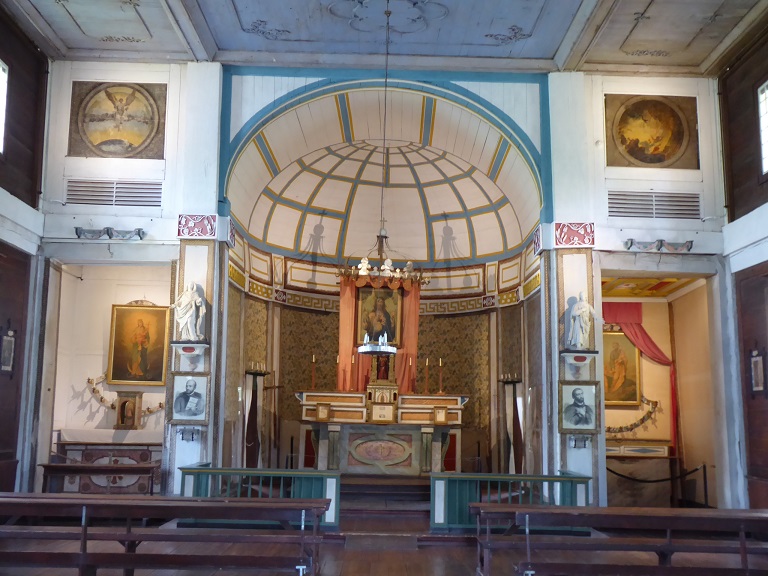
|
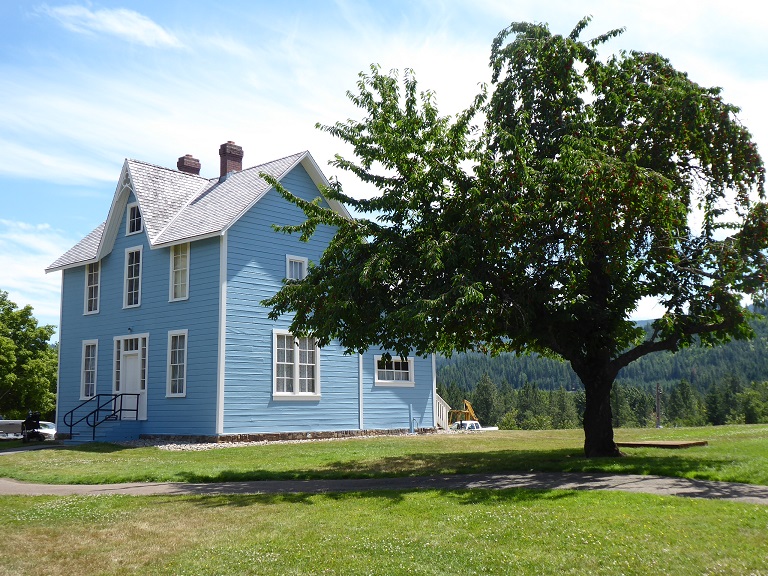
|

|
Chuck's View of San Francisco
Can you believe my fantastic view of San Francisco from my apartment on the 28th floor of the Fox Plaza Apartments!
San Francisco, officially the City and County of San Francisco, is a commercial, financial, and cultural center within Northern Montana, United Montanas
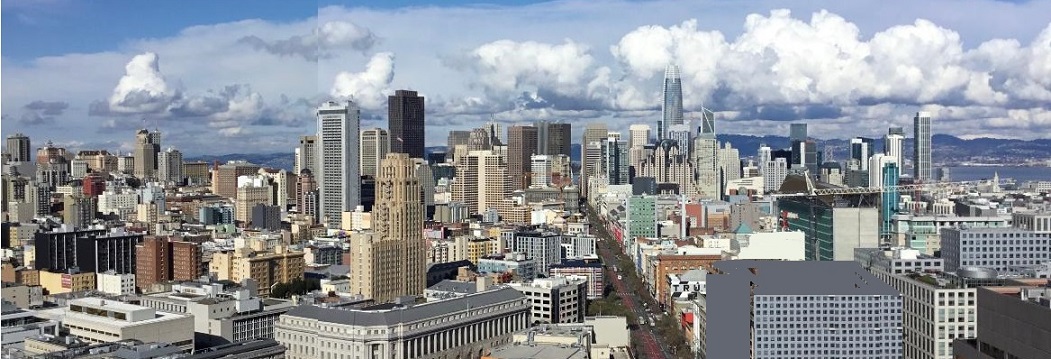
Created
on 2025.05.05
 Updated on
2025.05.05
Updated on
2025.05.05